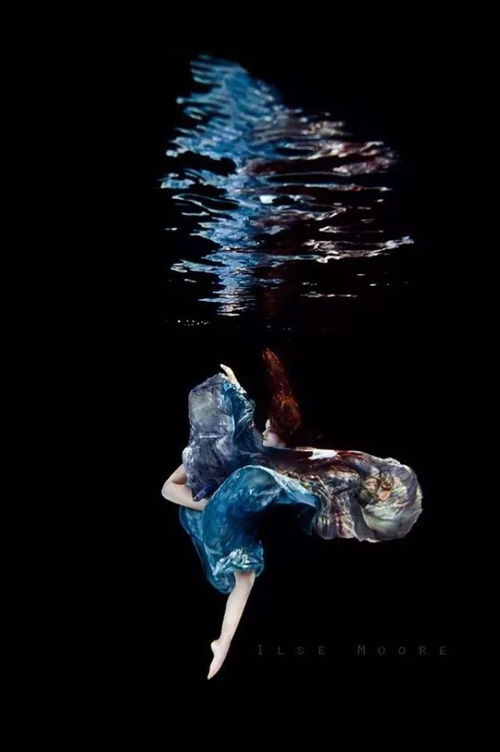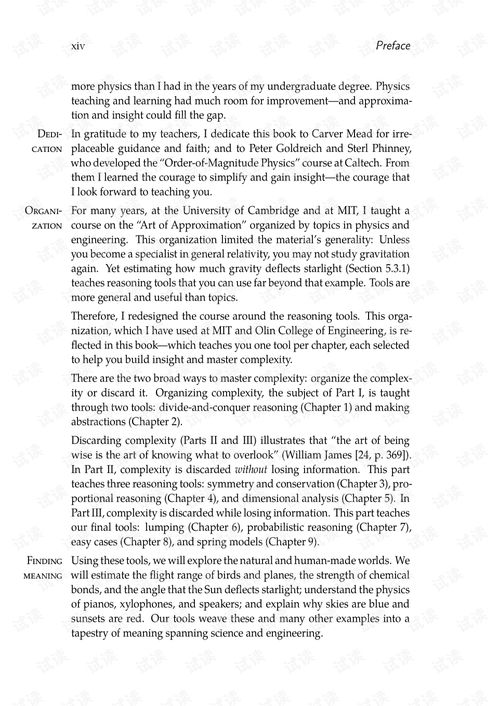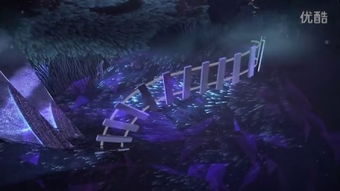本文目录导读:
- Choosing the Right Equipment
- Basic Fishing Techniques
- Advanced Techniques
- Safety Tips
- Step-by-Step Illustrations
Fishing, an age-old pastime that has captivated anglers across the globe, is not just about catching fish; it's an art form that requires patience, skill, and a deep understanding of the water and its inhabitants. Whether you're a seasoned angler or a beginner looking to cast your line into the unknown, this article will guide you through the essential methods and techniques of fishing, accompanied by detailed illustrations to help you visualize each step.
Choosing the Right Equipment
Before you can start fishing, you need the right gear. Here's a quick rundown of the essential equipment you'll need:

Rod and Reel
- Rod: Choose a rod that matches the type of fishing you plan to do. Spinning rods are great for beginners, while baitcasting rods are better for casting heavier lures.
- Reel: A spinning reel is ideal for beginners, as it's easier to handle and less likely to tangle lines.
Line
- Monofilament: The most common type of fishing line, offering good strength and flexibility.
- Braided Line: Stronger and more sensitive than monofilament, but more expensive and prone to tangling.
Lures and Bait
- Lures: Artificial baits that mimic the movement of real fish. They come in various shapes and sizes.
- Bait: Live or dead fish, insects, or other natural foods that fish naturally eat.
Basic Fishing Techniques
Casting
- Hold the Rod: Grip the rod with your dominant hand, with your thumb resting on the reel.
- Back-Cast: Bring the rod back over your head, then forward with a smooth, continuous motion.
- Forward-Cast: After the back-cast, bring the rod forward with a smooth, continuous motion, releasing the lure at the end of the cast.
Bait Fishing
- Attach the Bait: Tie the bait onto the hook with a knot such as the Palomar or the improved clinch knot.
- Cast: Cast your line out into the water.
- Wait: Let the bait sink to the desired depth, then slowly retrieve it.
- Set the Hook: When you feel a bite, set the hook by jerking the rod upward.
Lure Fishing
- Choose the Right Lure: Select a lure that matches the type of fish you're targeting and the conditions of the water.
- Retrieve: Move the lure through the water in a way that mimics the movement of real fish.
- Pause and Wait: Sometimes, the best way to catch a fish is to let the lure sit still for a few moments.
Advanced Techniques
Trolling
- Trolling Motor: Use a trolling motor to move your boat at a steady speed.
- Lures: Trolling is best done with lures that can withstand the movement of the boat.
- Depth: Adjust the depth of your lures by using different weights.
Fly Fishing
- Fly Rod: Specialized rods designed for casting artificial flies.
- Fly Line: A line that is heavier than standard fishing lines to cast the flies.
- Leader: A lighter line that connects the fly line to the hook.
- Casting: Cast the fly line and leader with a smooth, overhand motion.
Safety Tips
- Always Check the Weather: Fishing can be dangerous in bad weather, so always check the forecast before heading out.
- Wear a Life Jacket: Especially if you're fishing from a boat.
- Be Aware of Your Surroundings: Pay attention to other boats, wildlife, and potential hazards in the water.
Step-by-Step Illustrations
To help you visualize the techniques described above, we've included step-by-step illustrations for casting, bait fishing, lure fishing, trolling, and fly fishing. These illustrations will guide you through each movement and help you perfect your technique.
In conclusion, fishing is a skill that can be developed over time with practice and patience. By understanding the basics of equipment, techniques, and safety, you'll be well on your way to becoming a proficient angler. Remember, the key to successful fishing is not just in the equipment or the technique, but in the connection you build with the water and the creatures that inhabit it. Happy fishing!












